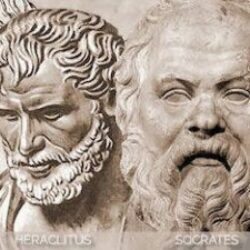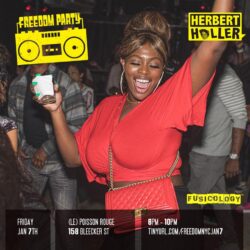In The Heights displays the power of a community.
When a black man from a poor family becomes the President of the greatest nation in the world, many may think that life has changed for everyone. When a 23-year old can take his company public and become a millionaire, many may think that life has changed for everyone. When a single man can deceive thousands of people out of $50 billion, many may think that life has changed for everyone. When an almost $700 billion financial giant founded in 1850 files for bankruptcy and lays of tens of thousands of employees, many may think that life has changed for everyone.
Yet, for many, life has remained the same. Behind the flashy headlines of New York Times and breaking news of CNN it is hard to see the lives of the average people. No wonder Joe the Plumber became so popular in the Presidential campaign of 2008. It is the average person and the average everyday lives that go unnoticed by most.
Broadway theater is not a news program thou, nor is it a multi-million dollar Hollywood flick with many special effects and plots written to amuse the adrenaline junkies. It is a true and unadulterated art form, perhaps one of very few that still remains in the world of today’s entertainment.
In The Heights went another way from displaying the fantasy or focusing on the uncommon and even absurd. It is a story of a few families in a Dominican neighborhood in Washington Heights in New York. It is a story of struggle and perseverance, a story of love and life, a story of failures and fiascos and hopes and unity. Perhaps the main theme of the play is the strength of a community of like-minded people with hearts open to others and dreams larger than life. Seeing a small group of people, comprised of only a few groups (car service stand, grocery, hair salon and street kids) come together in the face of whatever challenge came at them is nothing short of heart-warming. Supporting each other’s spirits and offering whatever help they could, these people truly showed a different side of the world, where community cares about each and every member and things like love, loyalty, emotional strength and more don’t seem naive. When Nina loses her financial assistance at college and is forced to drop out, Usnavi, the neighborhood bodega owner, immediately offers to help when he comes across some money, thinking of others before his own dreams. When Daniela, hair salon’s owner, is forced to close her shop and move it to the ‘hood’ in the Bronx she keeps up the upbeat attitude through it all, forcing everyone around her to also focus on the positive.
At first seemingly dysfunctional, yet somehow completely operational all of these people shared a few common traits. Although financially challenged to the point of fighting for survival each and every day they never lost their faith in the better future, their dreams for better days and their strides to make it through every moment with their head up high. Happiness to be alive and to have each other is what got this neighborhood through the thick and thin. Another notable component of the stage is family values, morals and norms that seem to be unaffected by the society of 2009 in a big city. These people, none with a college degree, all from simple walks of life demonstrate ethics and ideals greater than those running multibillion dollar corporations. When Abuela Claudia dies, the entire street mourns. Graffiti Pete, seemingly an unruly and careless street kid, paints her portrait on the gate of the bodega to lift Usnavi’s spirits. Nina reminisces on Abuela’s old pictures. Kevin (car service stand’s owner) announces of the loss all over the taxi radios. All of the neighbors come together and unite in grief.
With all the misfortunes and loses, the entire community is connects on one other thing: Pride in the neighborhood. Financial woes don’t bring these people down. When Abuela wins $96 thousands in the lottery and that money is used to change the lives of several people, the community seems to be momentarily brought down by the concept of Usnavi and Sonny moving away. Yet, Usnavi chooses to stay as he wants to remain close to his neighborhood and the love of his life, Vanessa. Piragua Guy is another example of the perseverance of these people. Competing with a larger vendor, Mr. Softy, he relentlessly works through the heat, selling ICEs and occasionally even giving them away to those without the money for it.
The musical score of In The Heights is a strong representation of the community as well. From Latin sounds, like salsa and merengue to Hip Hop, like remixes of a Mos Def’s song, it keeps people entertained and feeling completely in sync with the cast. The play has won awards for the best musical from Tony Awards, outstanding musical from the Lucille Lortel Awards andMusic and Choreography from Obie Awards.
When all is said and done, the play ends and the people slowly and almost unwillingly begin to leave the theater, one thought remains with all: the power of a community has no limits.
Dmitriy Goldin





